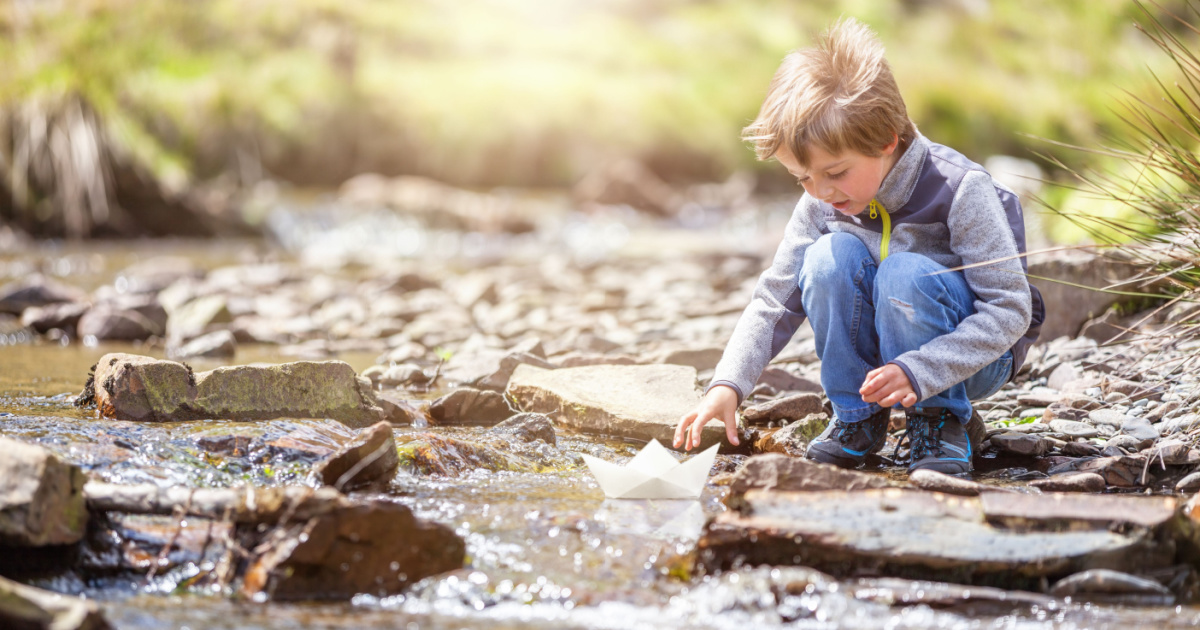We have long been taught about the benefits of nature. Children who play outside have better immune systems, are more imaginative or creative and may have more muscle mass than children who play inside all day. Similarly, scientists have found another benefit from exposure to nature, improved mental health. Recently a study has been published examining the impact of blue spaces on children.
Conducting a Blue Spaces Study
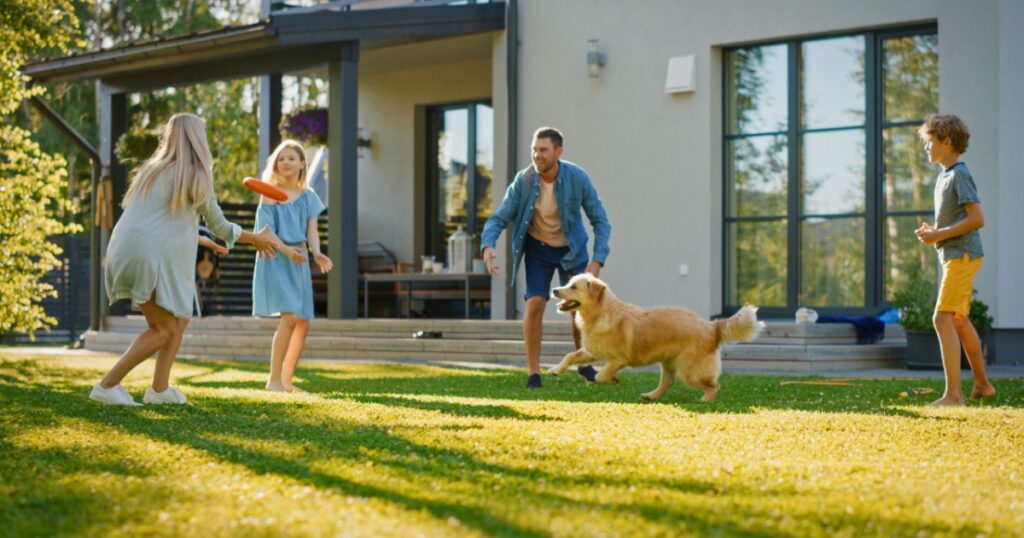
Unsurprisingly, the results showed that exposure to blue spaces significantly impacts children’s overall well-being. Scientists also believe these benefits will follow participants into adulthood. BlueHealth is a European project that took place between 2016-2020. Their goal was to understand how “urban blue spaces” impacted the mental health of those who live inland or in larger cities. During the project, they conducted an international survey consisting of over 15,000 participants between the ages of 0 and 16.
The survey consisted of residents from 14 European Nations and four non-European nations, totaling eighteen countries. Participants were asked questions such as how frequently they visited blue spaces, how close they lived to them, or about their confidence in swimming. They were also required to reflect on their moods in the weeks before going, and the weeks after they had gone to these environments.
Read More: We’re Stealing Time from Children
Discovering the Benefits
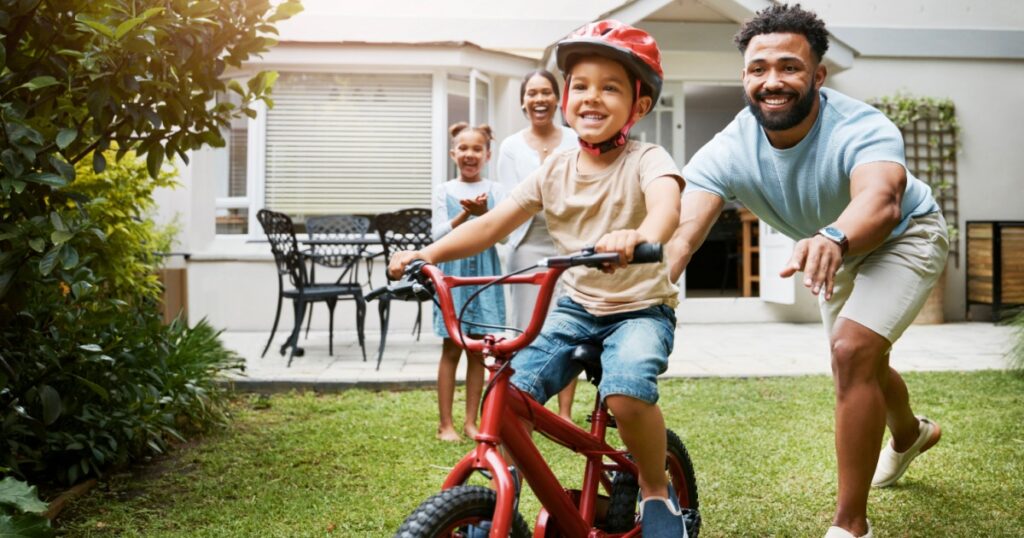
An interesting finding is that those who frequently spent time in blue spaces greatly appreciated nature. Additionally, they were more inclined to spend time there growing up. Valeria Vitale, the lead author of the study published in the Journal of Environmental Psychology, stresses the importance of understanding how early experiences with nature are linked to well-being in later life. The study acknowledges that we are becoming increasingly technological and industrialized internationally. While there are many benefits to these worldwide changes, there are also bound to be some negative effects.
Co-Author Mathew White explained how the study is useful for implementing the need for local government and other organizations. They will be tasked with maintaining green and blue spaces, ensuring safety and accessibility to children. Furthermore, he explained how findings are supported by longitudinal research. The team of researchers tracked exposure to these green and blue spaces throughout participants’ lives, not just a short-term data collection. Results led the research team to conclude that exposure to these spaces may be a way to support good mental health and future generations.
Read More: Gifted Children: 23 Signs That You Have a Child Who Is Gifted
Other Upsides
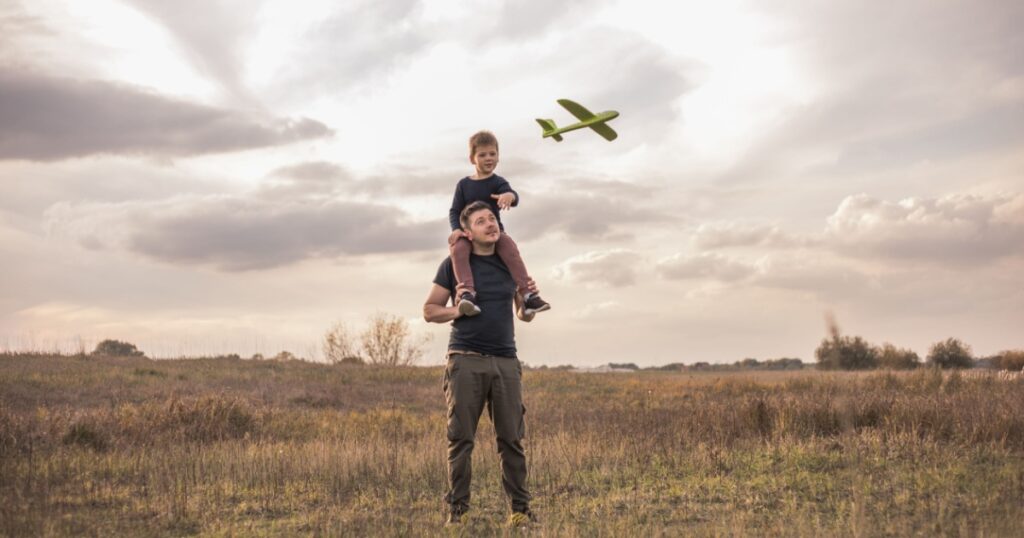
Another advantage is the impact these green or blue spaces may have on those suffering from PTSD or bodily traumas such as Spinal Cord Injuries. Furthermore, exposure to these calming spaces can drastically improve symptoms of certain learning disorders such as ADHD. Additionally, the noise heard from running water or the wind in the trees can have a calming effect on the mind. Scientists and researchers are still unsure of how this process works.
They don’t know exactly why green and blue spaces have such calming and beneficial effects. However, they do have some theories. One is the water’s gentle visual cues or the patterns of light reflecting off it as it runs. Scientists believe this keeps our attention without any conscious effort. As a result, we get a break from experiencing cognitive fatigue and can easily reflect, refocusing our minds.
What are green and Blue Spaces?
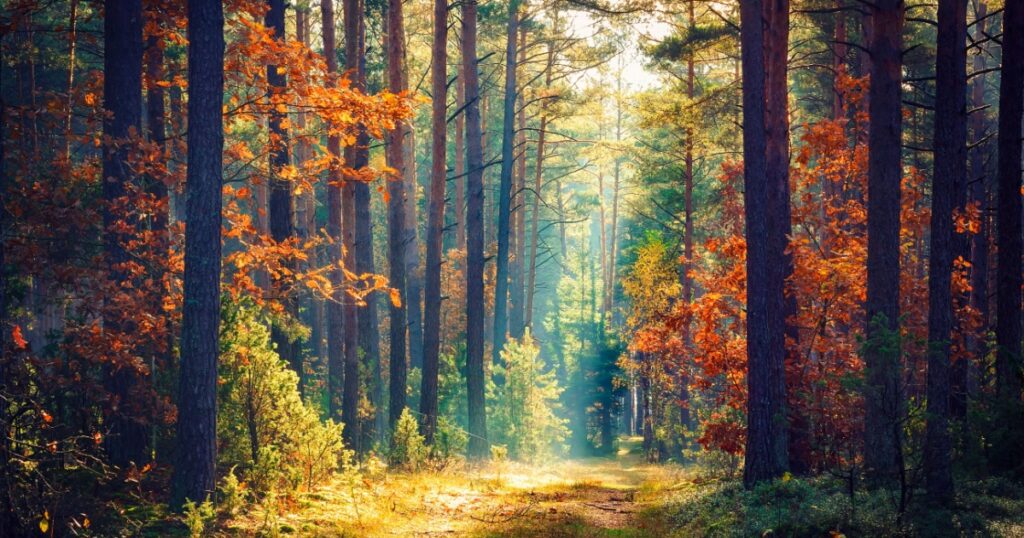
The terms green or blue spaces are urban terms referring to visible water or greenery found within or just outside of city limits. Examples may include waterfront parks, beach access, harbors, canals, ponds, and water fountains. There are many types of these spaces, some completely man-made. Meanwhile, others are completely natural or fall somewhere in between. An example of the in-between may be a waterfront park. People put the structure and greenery in place, but the backdrop is natural waterways.
Because of the industrial changes we’ve undergone worldwide, we have been moving further and further away from nature. Getting more green and blue spaces in your daily routine won’t just benefit your children, but it might do something for you too.
Read More: Study Finds That Children Born In September Are More Likely To Be Smarter Than Their Counterparts
Sources
- “Children exposed to blue spaces has better mental well-being in adulthood.” Science Times. Michelle Codiva. October 11, 2022.
- “Why walking in Blue Space is good for your well-being.” Tree Hugger. MaryJo DiLonardo. October 2, 2020.
- “Positive childhood experiences of blue spaces linked to better adult well-being.” EurekAlert!. University of Exeter. October 10, 2022.
- “Exposure to ‘Blue Spaces’ has life-long benefits for children.” Tree Hugger. Katherine Martinko. October 24, 2022.
- “Mechanisms underlying childhood exposure to blue spaces and adult subjective well-being: An 18-country analysis. Journal of Environmental Psychology. Valeria Vitale, et al. December 2022.
